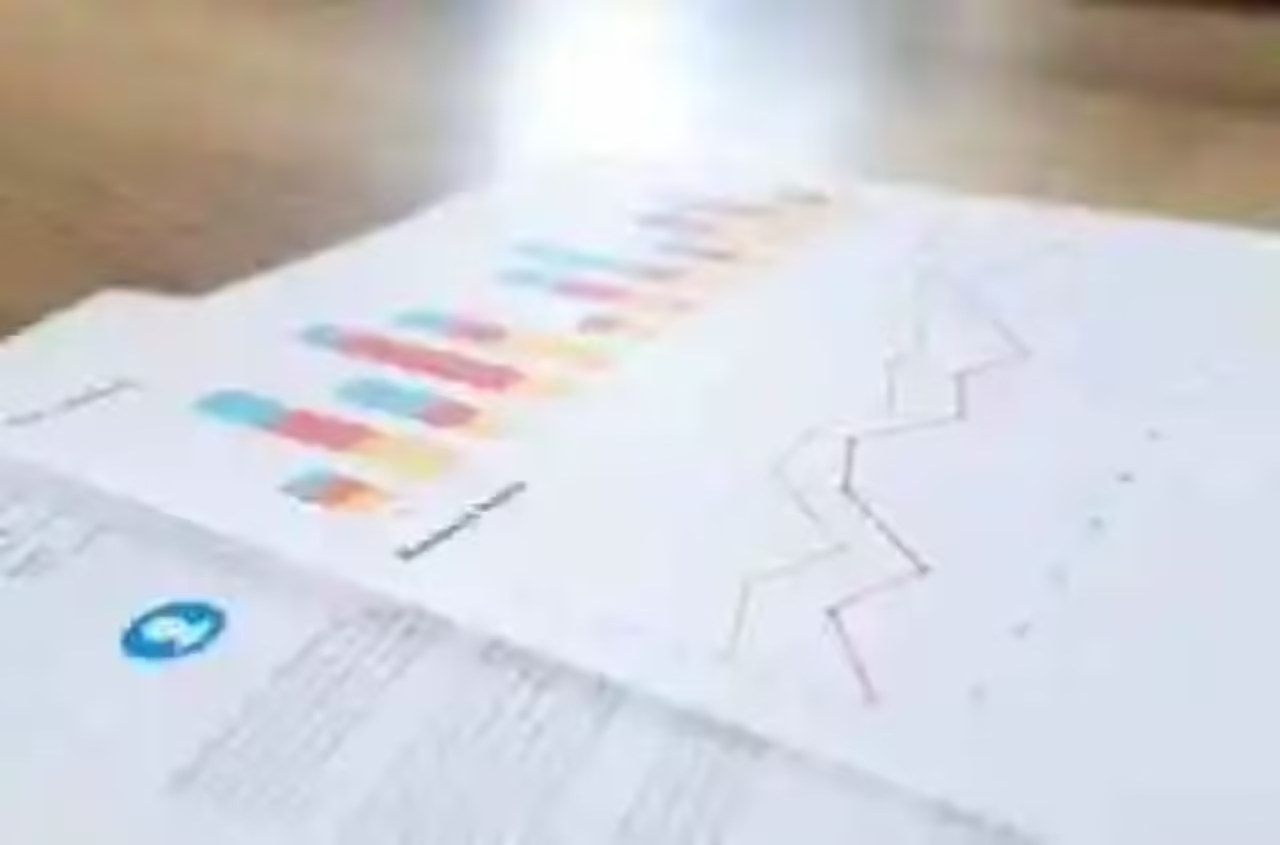
What’s the point?
In simple terms, a trading plan is a set of rules or guidelines that can help you shape the way that you trade. This includes but is not limited to: rules, risk management techniques, financial goals, and the overall criteria for trading.
It’s common to follow a plan in our everyday life. They are a great way of staying organized – and this should be the case for foreign exchange trading. On any forex trading platform, it is important to track personal decisions that amount to leads or losses as it can help to understand your trading direction. If you don’t have a plan – you’ve planned to fail.
Read on to find out why keeping a trading plan is essential in 2022.
What You Need to Know

Listed below are some helpful guidelines on how to start a trading plan if you haven’t already.
Step one – Personal analysis: Make sure that you are ready to trade, meaning that you are in the right mindset to do so without any hesitation. Before you begin, it is essential to recognise where your strengths and weaknesses lie.
Step two – Trading goals: You should start by writing down realistic trading goals. You should assess your financial goals. You should pay close attention to your timeframes for their achievement and how successful they can be.
Step three – Identify your markets and trading timeframes: This means you should base your trading plan according to a market you are familiar with. Use your expertise and knowledge somewhere you know; it is not worth taking a risk simply thinking something will be profitable.
Step four – Know your risks: It is important to remember that you will have to enter a certain amount of money you are willing to risk every time you open a trading plan. It is important not to let emotions get in the way of trading. Learn to control finances and manage your money.
Step five – Specify your entry and exit points: This means that you have profit targets, stop losses and also have room for adjustments but not get too wrapped up in trading.
Having a trading plan is as essential to your life as anything else. For example, when you are building a house, you first need to get down an architectural blueprint. You wouldn’t start cementing bricks here, there, and everywhere without the correct foundations planned and laid in advance. You would also know how much money you want to spend on the house. The same goes for trading. Forex and CFD trading should be the same in your eyes as any kind of business. Businesses have organized structures, so there is room for growth and potential. As well as this, when there are sudden changes in the market, which has a tendency to dip and fluctuate, a trading plan can assist you in upholding your objectives and protect you from making any quick decisions.

Analyze your trading strategy in order to succeed!
Once your trading plan is ready, it is vital to analyze how your strategies have performed.
It is essential to do this to take the hit, as sometimes people tend to deviate away from their trading plan. This is wrong – it is always important to stick to the plan as much as possible.
A good way of analyzing your trading strategy is to use the criteria of looking at an average profit per trade and how many trades you do a day etc. Once these metrics are taken, compare them to your original goals. Do they align? It doesn’t always have to mean profitability, but it should still be close to your overall aim. For example, a strategy with a high win rate is more appropriate for someone seeking consistency, even if it doesn’t lead to the highest total profits. It is also important to look at what trades led to losses or profits that year. Sometimes, a few key trades can make up the profit for an entire year. It is crucial to identify these trends in order to inform your future decision-making. Keeping this kind of methodology is key to showing opportunities.







